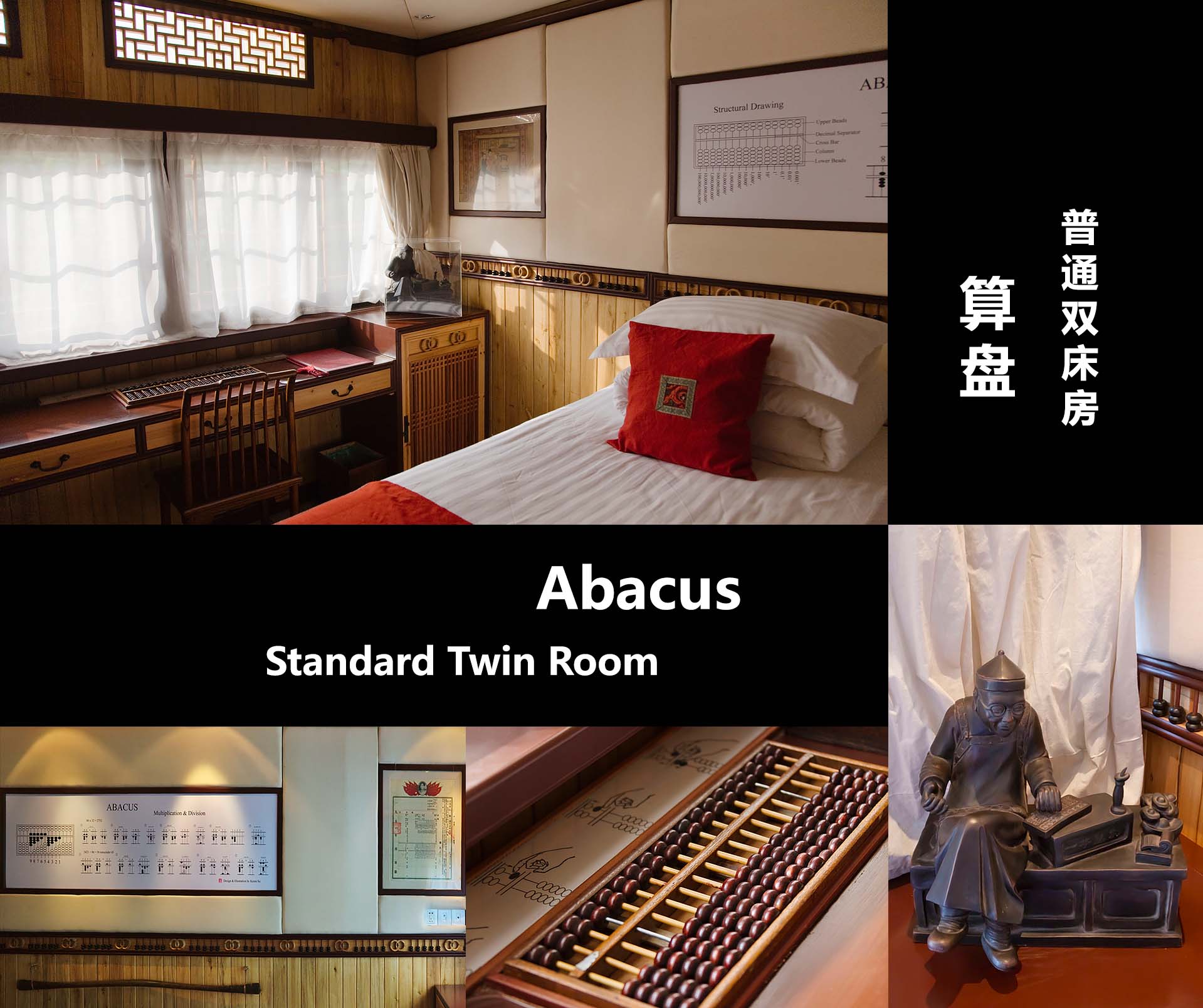Max Guests: 2
Bed Size: 2 Twin Beds
Amenities:
Free WI-FI
Bathroom
Shower
Free Toiletries
Telephone
Desk
Air Conditioning
Slippers
Laundry Service

Max Guests: 2
Bed Size: 2 Twin Beds
Free WI-FI
Bathroom
Shower
Free Toiletries
Telephone
Desk
Air Conditioning
Slippers
Laundry Service
网站空间已到期,请及时联系服务商续费。联系人:杜经理 18614003537
Sorry, the domain is out of date.